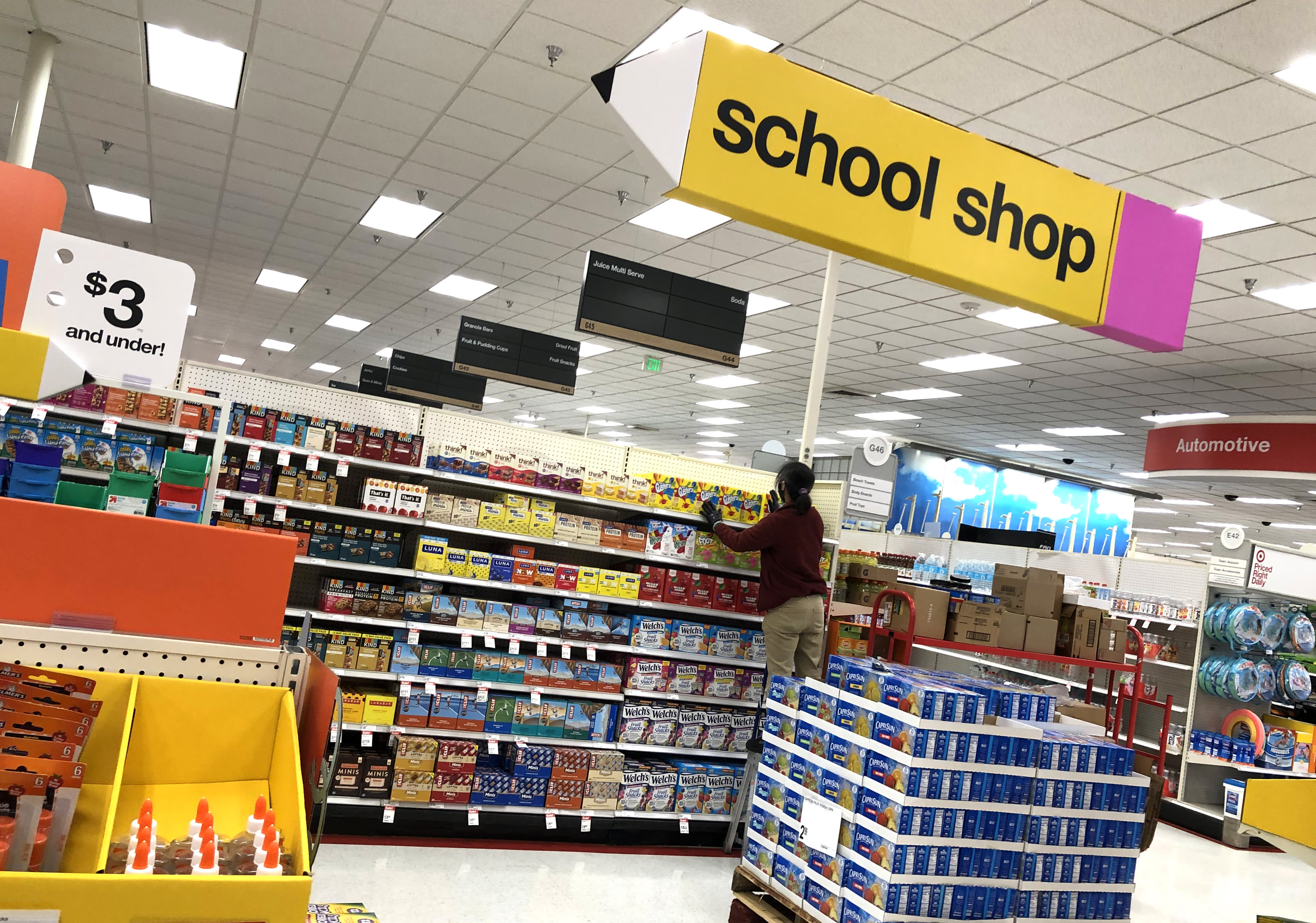On August 3, 2020 in Colma, California, a worker stocks shelves of back-to-school items at a Target store. Getty Images News | Justin Sullivan | Getty Images According to new poll data, parents are expecting to pay more this back-to-school season, as costs on everything from clothing to notebooks are on the up. When KPMG polled more than 1,000 adult consumers across the United States in May, it discovered that the average parent’s spending per student is predicted to be as much as $270, up from around $250 in 2020. According to the study, parents of preschoolers plan to spend up to 32% more this year, while parents of college-aged kids plan to spend up to 13% more. More people are enrolling in preschool and college this fall after putting their plans on hold a year ago, which explains the sharp rises in these two groups. The growing anticipation that products will cost more in the coming months, according to KMPG’s economists, is a fundamental cause for the increased spending. The perfect storm for this scenario to play out has been created, according to KPMG, by supply shocks to U.S. manufacturing suppliers and abruptly increased consumer demand for goods, especially school supplies. With inflation on the rise, 39 percent of survey respondents who indicated they expected to spend more money on their children this year believe sticker prices will climb. In May, consumer prices rose at their quickest rate in over 13 years, indicating how much inflationary pressure is mounting in the American economy. From April to May, apparel costs increased by 1.2 percent. The cost of footwear increased by 1.4 percent. According to the latest Labor Department data, the cost of educational books and materials increased 0.7 percent month over month. Demand is also higher than a year ago, meaning retailers are offering lower discounts, according to Scott Rankin, strategy lead of KPMG’s consumer and retail sector in the United States. “With fewer discounts and coupon offers, price realization has risen dramatically across a wide range of retail categories,” Rankin added. “We haven’t seen the full-court press from office supply stores, some mass merchandisers, and huge e-commerce firms yet… but I believe we will see less promotional activity surrounding [school] supplies.” As more students return to school, a larger amount of back-to-school expenditure will go toward products that are required for in-person learning. Shoes, clothing, and basic school supplies like notebooks will see the highest rise in share of a parent’s expenditure compared to 2020, according to KPMG. Consumers expect to spend less on gadgets and office furniture in the next year, two categories that benefited from the stay-at-home tendency for much of last year. Going to a store like Office Depot or Target with their children is a memorable back-to-school tradition for many parents. And, when Covid limitations are gradually relaxed, the survey indicated that more people — 57 percent of those asked — intend to stroll the aisles in person rather than shop online. E-commerce expenditure has increased dramatically since 2019, when only 34% of respondents said they would shop online for things like loose-leaf paper and backpacks. According to KPMG, when asked when they would begin their back-to-school and back-to-college shopping this year, 33% of US consumers responded July, followed by 30% who said August. 10% of respondents stated they have already begun shopping for the new school year. “Spend money and look fantastic” will be the slogan for many families this back-to-school season, according to Rankin. “If you can find them, go out and get your Air Jordan 1s.” Continue reading
Parents are preparing to pay more this back-to-school season as inflation hits wallets, KPMG survey finds
2021-06-30T11:00:01-04:00June 30th, 2021|


